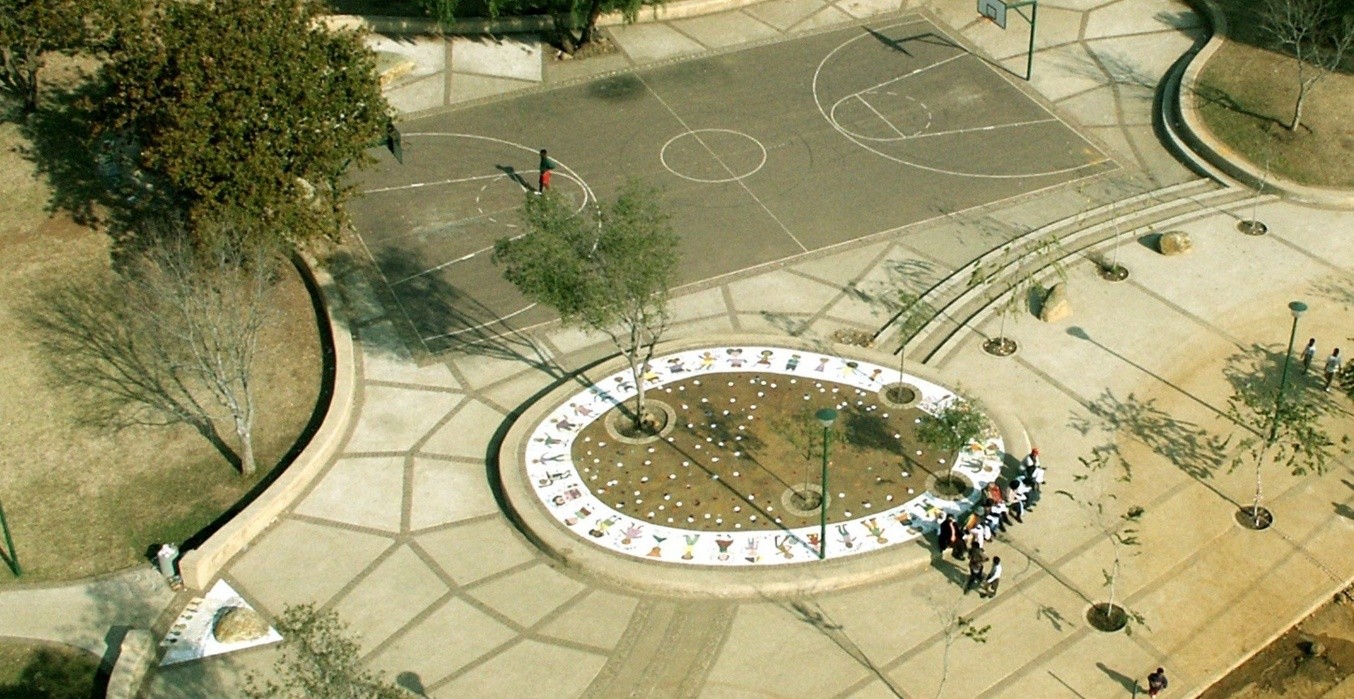
Kilimanjaro
“… in the mountains, African people listen to the voice of silence”
Credo Mutwa - Traditional Healer and advisor to Freedom Park, South Africa
Recently, I shared a story, published as a blog on the International Federation of Landscape Architects’ (IFLA) website, about how climbing Kilimanjaro sharpened my perspective and understanding of the landscape.
In that climb, I discovered a metaphor for our work as landscape architects: We do more than shape land — we shape experiences. We shape stories into spaces and meaning into places, crafting environments that transform, heal, reflect memory, and embrace the evolving narratives of place. This is the essence of our practice: designing with purpose, guided by story, grounded in place.
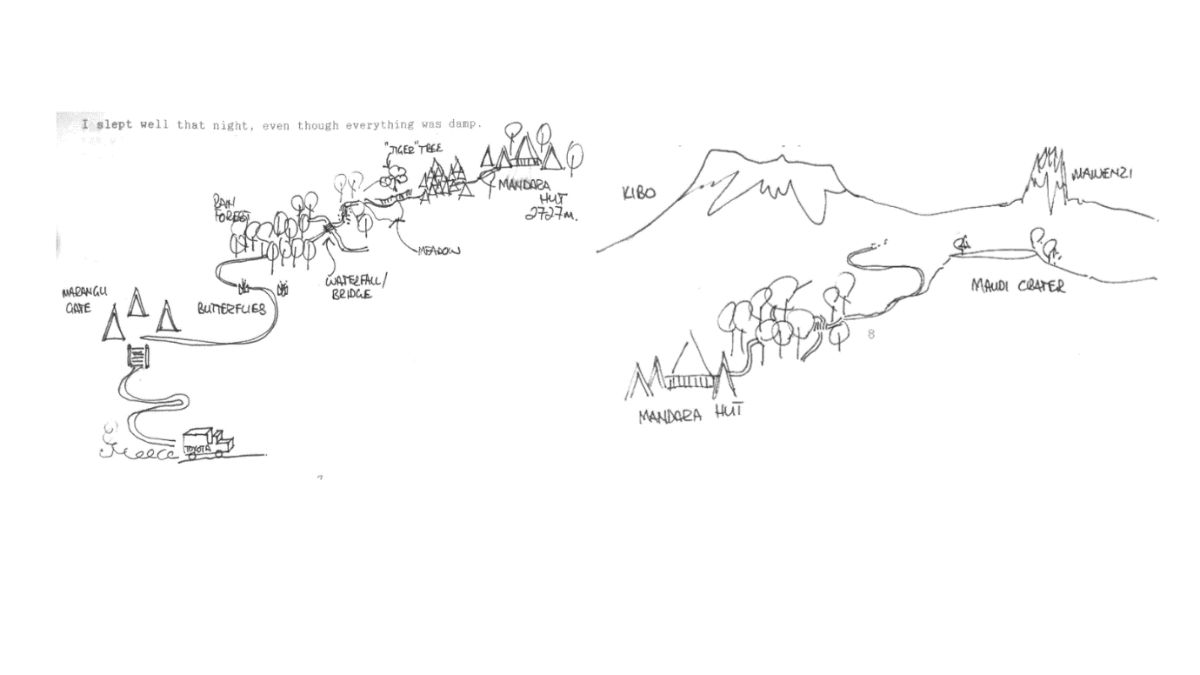
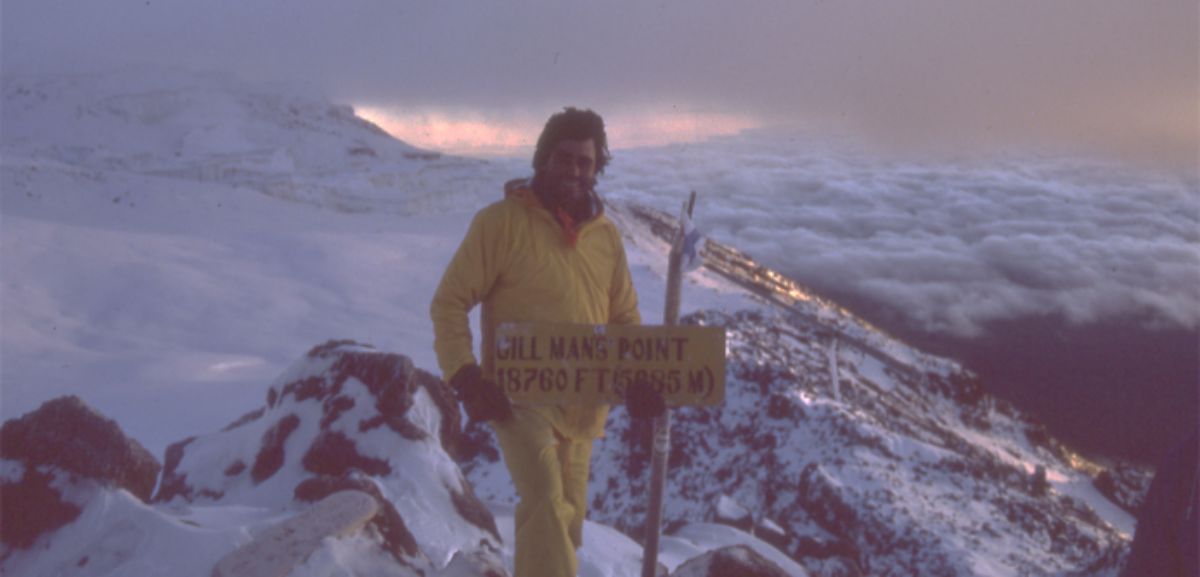
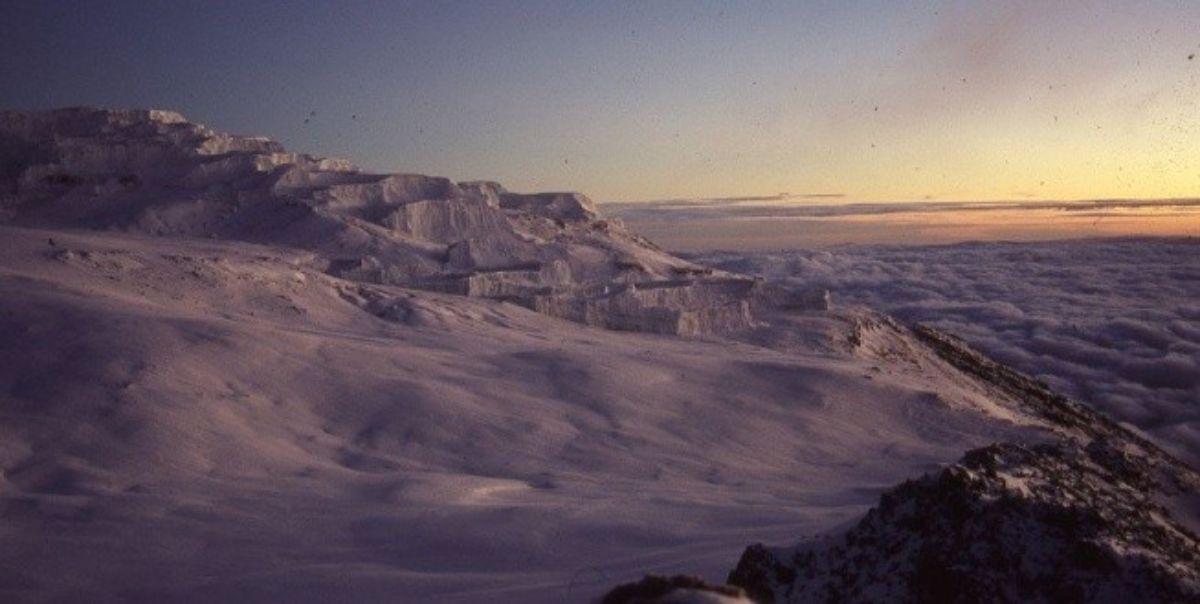
You might ask, “What does this have to do with landscape architecture?” The journey up Kilimanjaro became more than a physical ascent—it transformed into a profound metaphor for landscape architectural design. Much like that climb, designing a landscape is a layered, evolving journey that demands presence, reflection, and an awareness of both the visible and the invisible forces at play. It’s not simply about arriving at a finished product; it’s about unfolding meaning along the way—the process, the place, and the people involved (Figure 1).
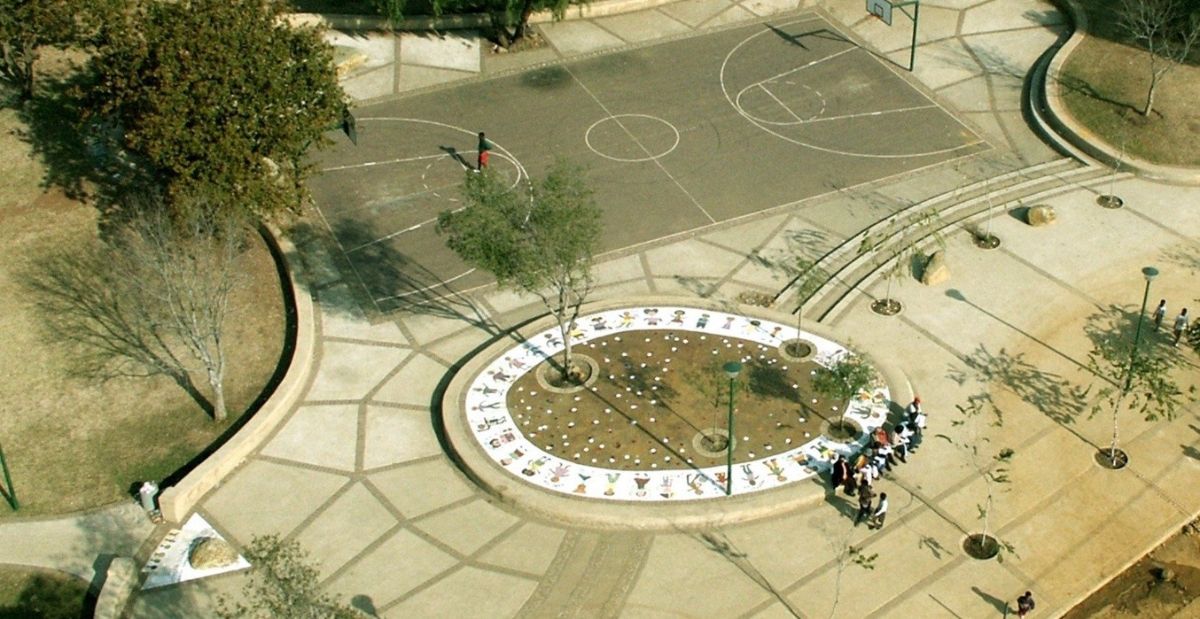
The narrative is intensely aware of context, atmosphere, temporality, and personal transformation. These very elements mirror the most insightful approaches to landscape architecture. Like a mountain, a site holds its spirit, stories, and memories. In this way, the narrative becomes a powerful allegory for landscape design as a pilgrimage of intention and empathy. This journey honours where we’ve come from and where we’re going. To design a landscape is to climb Kilimanjaro repeatedly, each time pausing to take in the view, listen to the site’s story, and move forward with purpose.
THE REFLECTION
Narrative is at the heart of meaningful landscape design. It begins with listening to the land, its history, and the people connected to it. Every site carries stories, whether whispered through indigenous traditions, etched into the terrain by past events, or expressed in the everyday rituals of those who inhabit it. A designer must approach a site like a storyteller, uncovering these layered narratives and allowing them to guide form, material, and spatial experience. In doing so, the design becomes more than aesthetic—it becomes a vessel of memory, identity, and emotion.
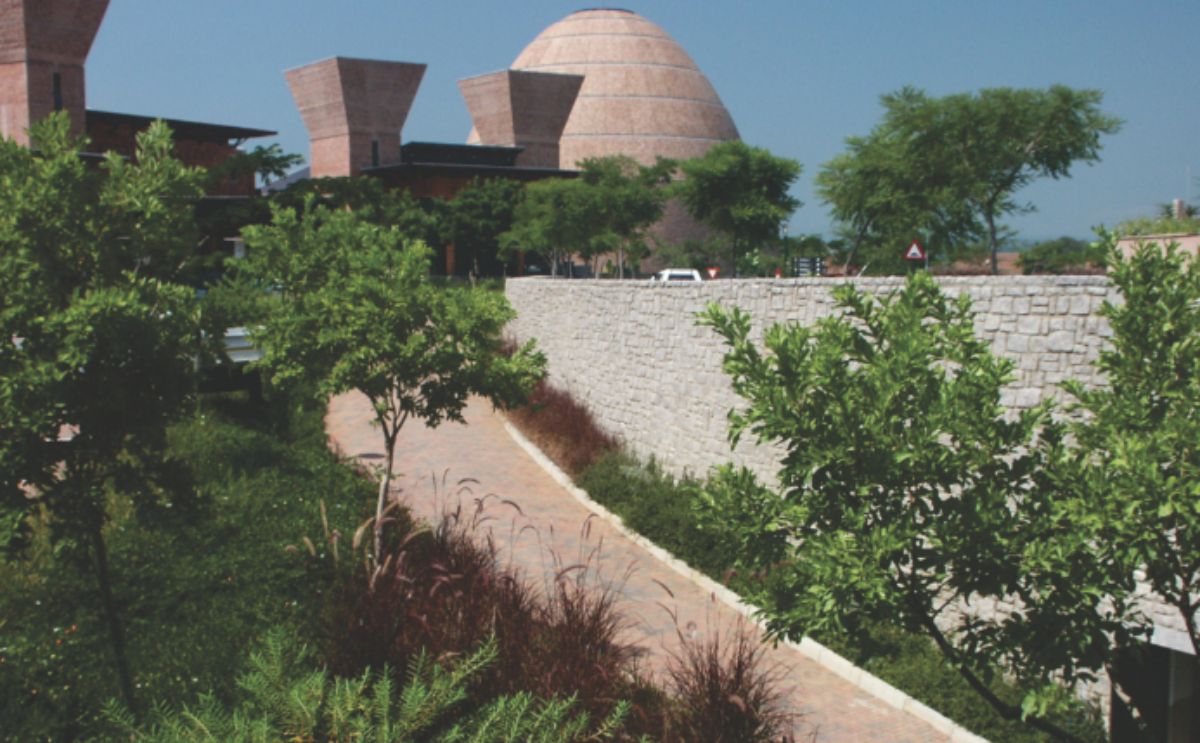
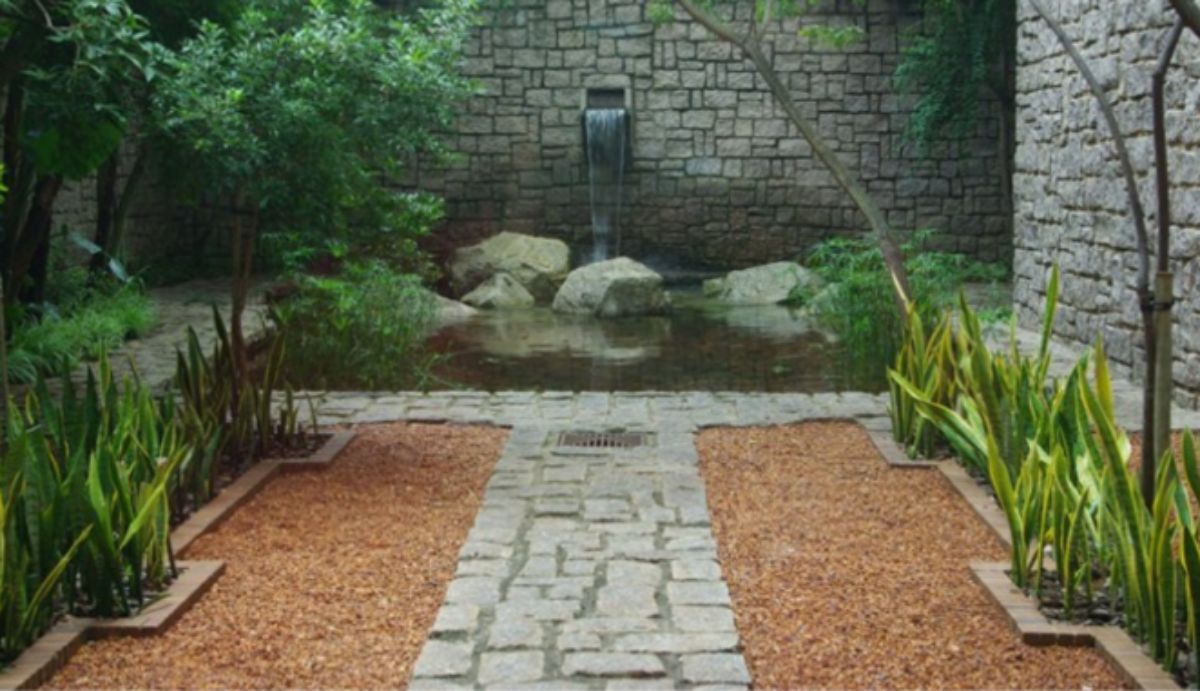
Understanding a site’s story transforms the design process from an imposition to a dialogue. Rather than forcing an external vision onto a place, narrative-driven design emerges organically, drawing from the spirit and rhythm already present in the landscape. It invites users to engage not just physically but emotionally, creating spaces that resonate on a deeper level. Whether it’s a park, a memorial, or a community space, the power of narrative grounds the design in authenticity, turning space into place, and place into meaning.
And so, just as my journey up Kilimanjaro was not merely about reaching the summit, our work as landscape architects is not simply about shaping land; it is about honouring the stories that lie beneath it. We are listeners, interpreters, and storytellers. We work with memory, movement, and meaning. We craft landscapes that speak of where we have been and where we might go. Kilimanjaro taught me that design is never static; it breathes, shifts, and holds emotion. And in that, it becomes timeless. Designers carry the responsibility and privilege of giving voice to the land and its people, creating places that, like that mountain journey, have the potential to move the soul and anchor the spirit.
***


